- Navigating Instructional Materials Implementation: Exploration of Materials
- Navigating Instructional Materials Implementation: Innovation & Sustainability
- Navigating Instructional Materials Implementation: Program Installation
- Navigating Instructional Materials Implementation: Initial Implementation Part One
- Navigating Instructional Materials Implementation: Initial Implementation, Part Two
- Navigating Instructional Materials Implementation: Consistent Implementation
This blog post is the fifth in our “Navigating Instructional Materials Implementation” series, exploring the five implementation phases of high-quality instructional materials, also known as HQIM. In each phase, we will explore the steps that each level in the K-12 system (district leaders, school leaders, and teachers) must take to maximize the full benefits of their HQIM. In this post, we will highlight the important steps of the consistent Implementation phase (years two and three) through the lenses of school and district leaders and discuss how this supports teacher practice.

In December, we discussed the initial implementation phase from the school and district leader’s perspective. For teachers to be successful during this phase, leaders must:
- Prepare for speed bumps and roadblocks.
- Have a plan to monitor implementation.
- Provide teachers and leaders with ongoing support.
- Celebrate and share successes.
In this blog, we will examine the critical steps that school and district leaders should consider as they move through the advanced stages of implementation of instructional materials, allowing them to achieve the intended impact on students. During this stage, the instructional materials integrate into teachers’ regular practice, leading to consistent skillful use, while district and school policies and procedures align with and support this skillful use. At Rivet, we call this Consistent Implementation.
If district and school leaders are successful in this phase, teachers can:
- Use the instructional materials for most of the lesson and generally meet the pacing the publisher recommends.
- Leverage the HQIM-embedded scaffolds to meet individual student needs and support students in meeting grade-level expectations.
- Begin to take ownership of structures and processes for unit and lesson preparation, learn, give feedback to drive improvements, and provide all students with culturally and linguistically relevant instruction on grade level.
| District Leader Actions | |
| Expectation | |
| Support school leaders in executing a clear, comprehensive, curriculum-based professional learning plan for teachers and leaders, including coaching, PLCs, and workshops. Continue to monitor school-level unit and lesson preparation, professional learning, and feedback opportunities to support leaders with implementation of the instructional materials. Model for, and support school leaders in conducting regular, effective walkthroughs using tools to provide high-quality feedback on instruction | |
| Monitor and support school leaders in implementing the instructional materials skillfully. | |
| Build the school leader’s ability to measure the quality of instructional materials implementation. | |
| School Leader Actions | |
| Expectation | |
| Create a professional learning calendar that is informed by the instructional materials and teachers’ use of the materials. Begin transitioning the ownership of unit and lesson preparation, learning, and collaboration structures to teachers by identifying lead teachers and communicating their role to all teachers. Provide ongoing feedback on facilitating unit and lesson preparation opportunities to lead teachers. Provide teachers with opportunities to observe and provide feedback to one another (i.e. learning labs). | |
| Reinforce expectations for strong implementation through a cohesive professional learning plan. | |
| Provide feedback to teachers focused on helping them use the HQIM to meet the learning needs of all students. | |
| Begin distributing leadership to teacher leaders to own instructional materials implementation. | |
Summary
For years two and three of curriculum implementation to be successful, district and school leaders must:
- Regularly assess the quality of HQIM implementation using multiple data such as classroom observations, school walkthroughs, assessments, teacher feedback, and student work.
- Execute a comprehensive, curriculum-based professional learning plan, including collaborative planning time and coaching, to support teachers’ and leaders’ skillful use of HQIM.
- Shift ownership of curriculum implementation to school leaders, who will later shift ownership to coaches and teacher leaders.
Even with these helpful tips, implementing instructional materials is hard work. Here are additional ways to build your knowledge of the consistent implementation phase:
- Take our free professional learning diagnostic to identify areas in which your professional learning plan and system can be improved to best meet the needs of your teachers.
- Visit the Professional Learning Partner Guide to view our list of certified providers who can provide ongoing support to teachers and leaders to ensure the successful implementation of your curriculum.
- Various tools are available to support implementation in your district or school. For example, Instruction Partners has tools that you can use to monitor and plan for PLCs and teacher observation.
Stay tuned to our News & Events page for our upcoming blogs and PL Power Hours in 2024, where we will explore the final two phases of the HQIM implementation journey.





